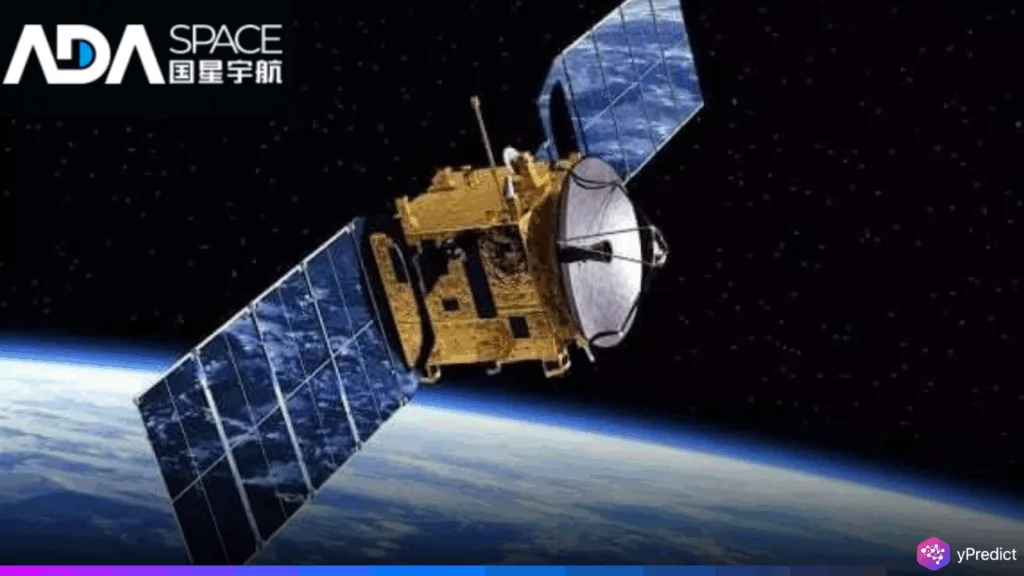
On May 14, 2025, the world witnessed a new chapter in technology as BAYC#7573 AI satellite joined the first-ever space-based computing constellation, marking a powerful leap for Web3 and AI integration. The launch was part of Adaspace’s “Space Computing Constellation 021 Mission,” which successfully deployed 12 advanced satellites via China’s Long March 2D rocket from the Jiuquan Satellite Launch Center.
A New Kind of Satellite: Computing in Orbit
Unlike traditional satellites used for communication or navigation, this mission focused on launching computing satellites a new satellite category aimed at supporting cloud-level data processing in space. With BAYC#7573 among the 12 satellites in orbit, this constellation now forms a distributed network capable of real-time interstellar computing.
The participating satellites were funded by various investors and organizations, including Neijiang, Haikou, and Tiantie Technology. Each satellite contributes to a unified constellation that can perform cloud formation, blockchain operations, and networking functions using interstellar laser communication and high-speed interconnects.
What Makes the BAYC#7573 Launch Unique?
BAYC#7573 stands out not just for its technical specs, but also for its cultural significance. Named after a Bored Ape Yacht Club NFT, this satellite bridges Web3 culture with cutting-edge aerospace innovation. The launch symbolizes a deeper collaboration between blockchain communities and space-tech innovators, proving that NFTs and decentralized systems are no longer just digital assets they’re part of future infrastructure.
According to Adaspace, this mission is the first step toward shifting data-heavy AI tasks from Earth-based servers to a powerful, distributed space computing network. It positions China at the forefront of space computing infrastructure, offering a new edge in AI deployment, especially for real-time inference and training workloads.
A Leap in Satellite Computing Power
According to Wang Jian, an academician at the Chinese Academy of Engineering, the constellation enables individual satellites to boost computing power from teraflops (T) to petaflops (P), allowing them to function similarly to an interconnected network of powerful computers. This innovation is expected to dramatically reduce latency and dependence on terrestrial infrastructure, particularly for edge AI applications.
By connecting satellites in space just like computers on the internet, the Space Computing Constellation turns each orbiting satellite into a node in a vast, high-performance computing cloud — directly over our heads.
Web3 Meets AI at Orbital Speed
The symbolic value of BAYC#7573 lies in its roots within the Web3 community. Its inclusion in this mission demonstrates how digital-first communities are increasingly influencing tangible technological progress. The satellite’s name highlights the importance of decentralized ownership and identity in emerging tech ecosystems.
With Web3 and AI development shifting toward local and now orbital computing, the successful launch of BAYC#7573 represents more than just a hardware milestone — it signifies the evolution of computing power beyond Earth, supported by blockchain culture and next-gen satellite networks.





